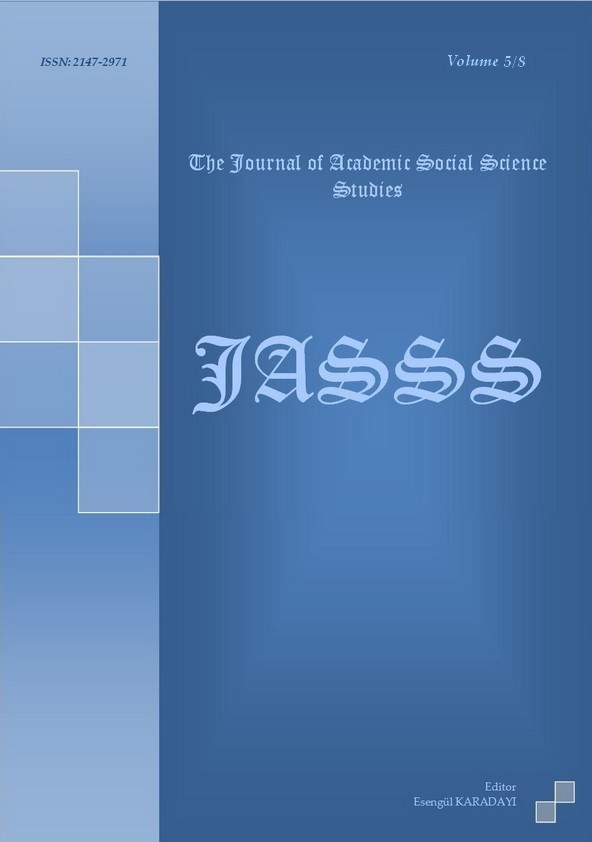Author :
Abstract
Although its origins may be traced back much further, the formal recognition of “international relations” as a separate discipline within the western academia dates back to the establishment of a Chair of International Relations at the University of Wales, Aberystwyth, in 1919. Nearly a century passed on its establishment, but there is still no consensus on the definition of the discipline, on international system and actors and forms of relations within the system. This is mainly due to an ongoing tension between the proponents of continuity (insisting on traditional actors and their forms of relations – nation state/power relations) and proponents of change (disregarding the role of states and insisting on new types of actors and new forms of relations – NGOs, transnational corporations, etc./cooperative relations). This article argues that a comprehensive analysis of international relations and international system is the one that regards (the former two) as domains within which traditional actors, structures and forms of relations coexist with new types of actors, structures and forms of relations; within which there is the symbiosis of continuity and change.
Keywords
Abstract
Although its origins may be traced back much further, the formal recognition of “international relations” as a separate discipline within the western academia dates back to the establishment of a Chair of International Relations at the University of Wales, Aberystwyth, in 1919. Nearly a century passed on its establishment, but there is still no consensus on the definition of the discipline, on international system and actors and forms of relations within the system. This is mainly due to an ongoing tension between the proponents of continuity (insisting on traditional actors and their forms of relations – nation state/power relations) and proponents of change (disregarding the role of states and insisting on new types of actors and new forms of relations – NGOs, transnational corporations, etc./cooperative relations). This article argues that a comprehensive analysis of international relations and international system is the one that regards (the former two) as domains within which traditional actors, structures and forms of relations coexist with new types of actors, structures and forms of relations; within which there is the symbiosis of continuity and change. Therefore, rather than “all or nothing”, a perspective settled on “not only but also” can provide a better and more comprehensive framework to understand and explain international relations and the international system. It shall be considered that the emergence of new actors and new issues does not mean that the role of the states in the international system shall be disregarded and within the same manner the crucial role played by the states shall not overshadow the increasing role of new actors and new issues.





